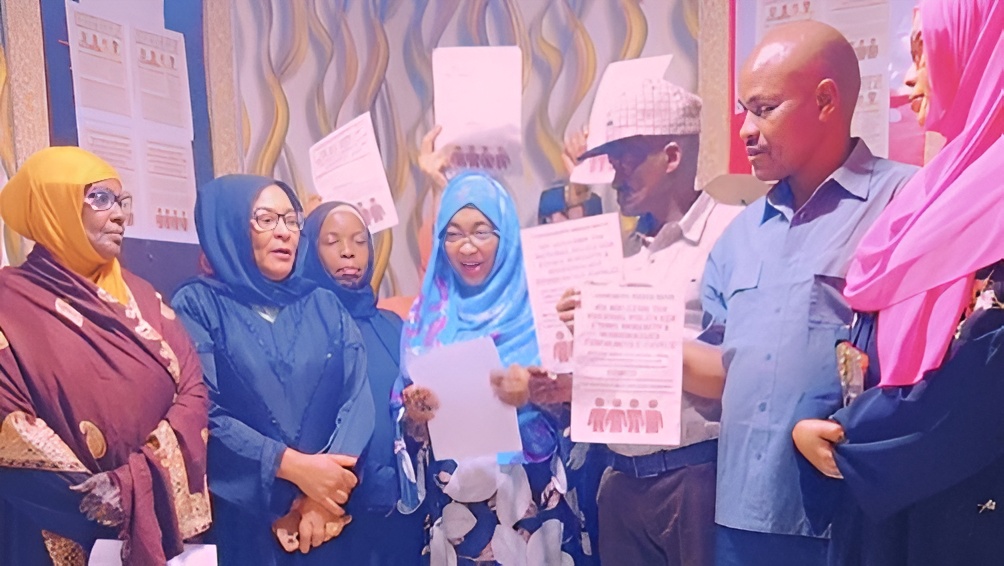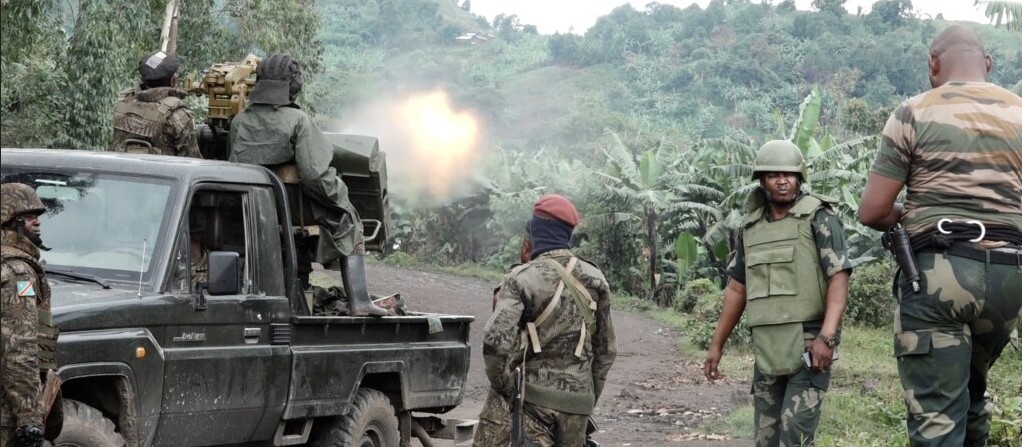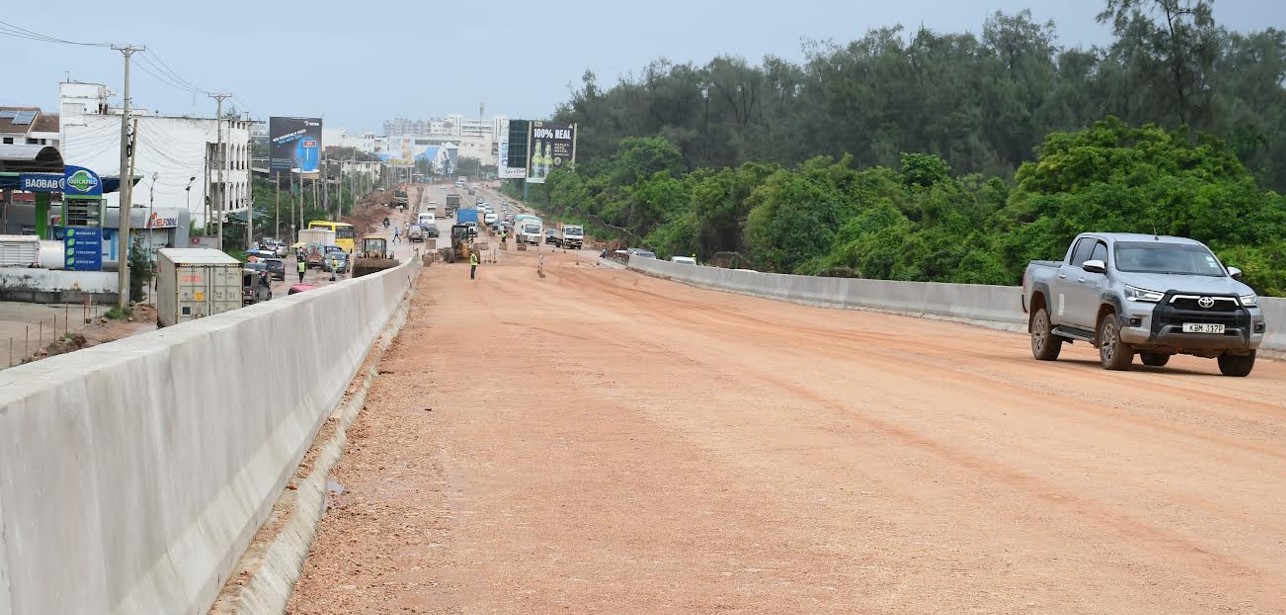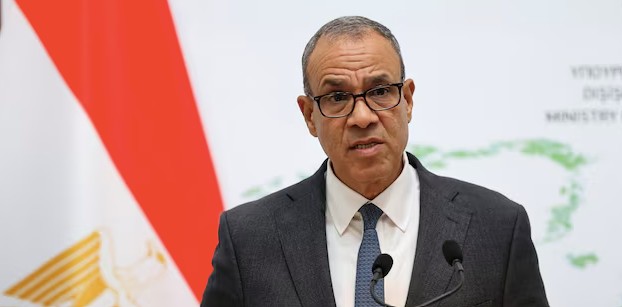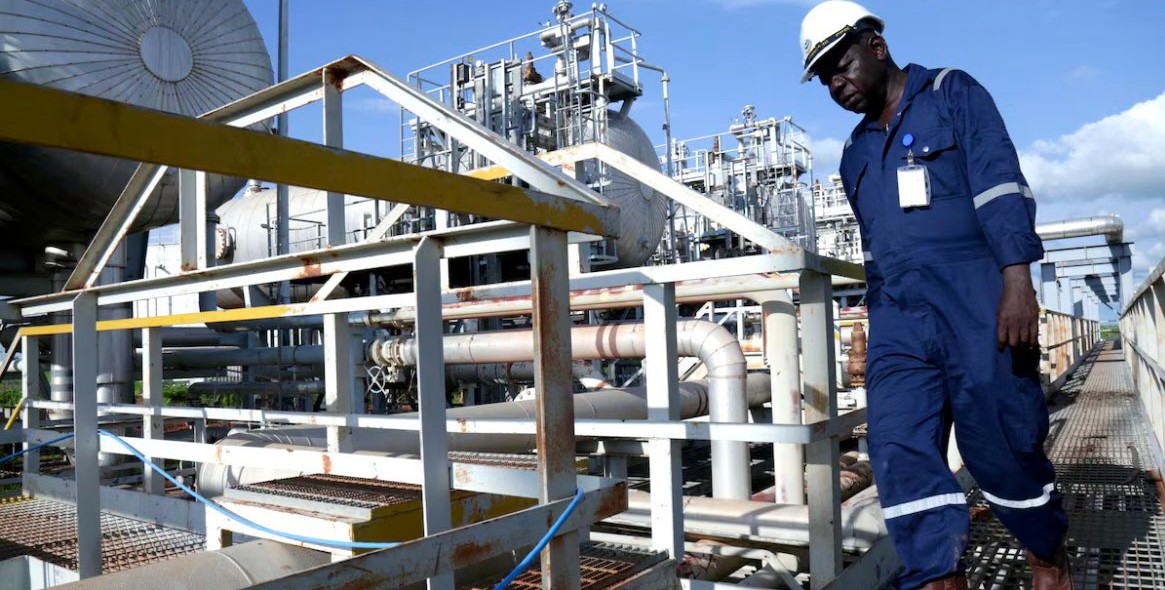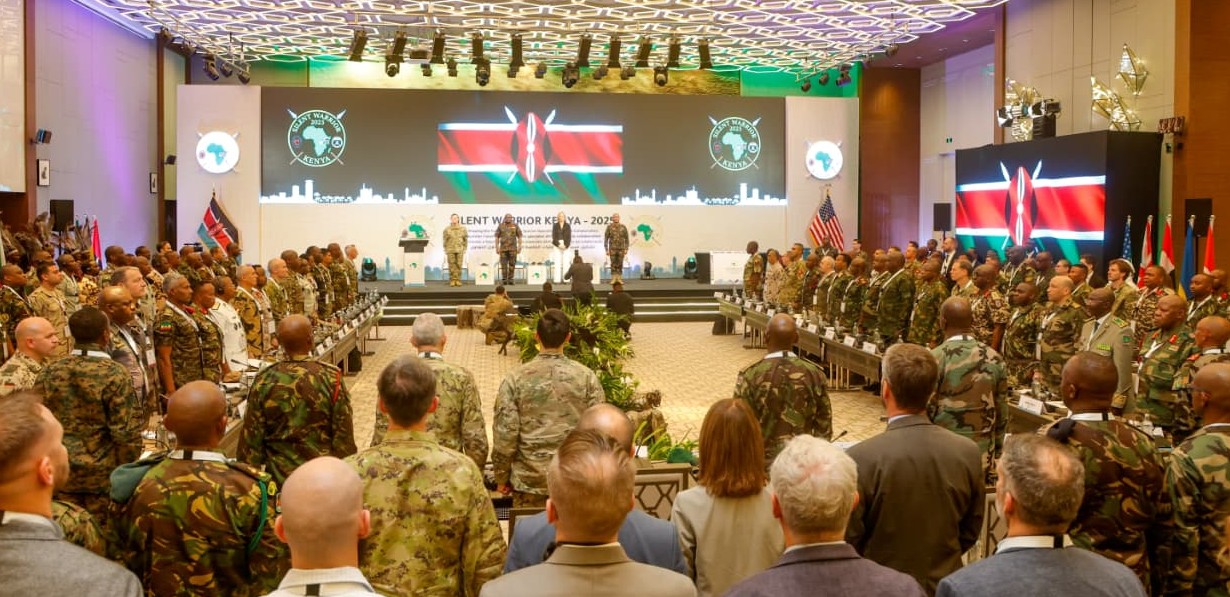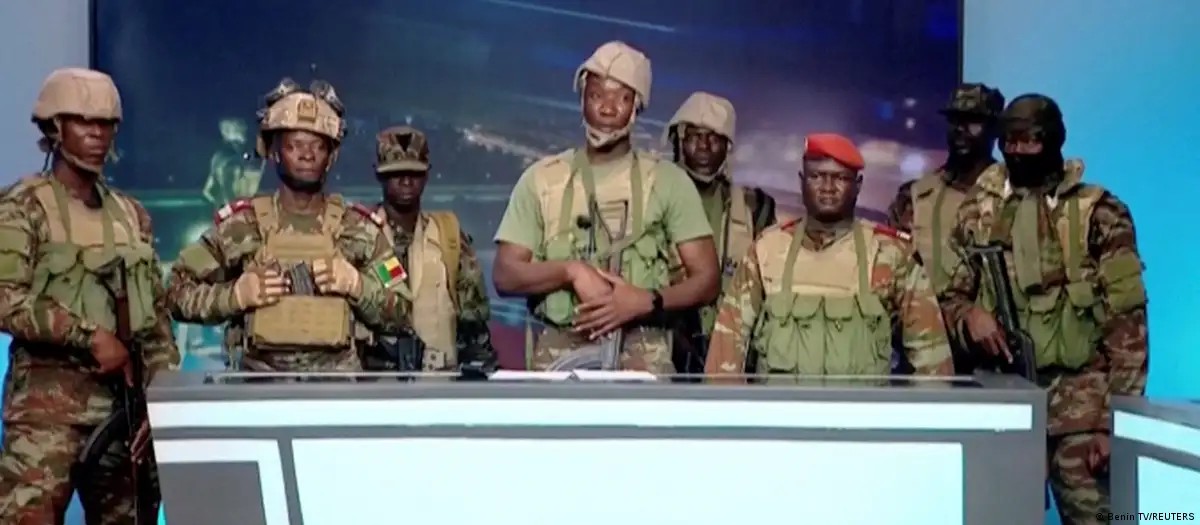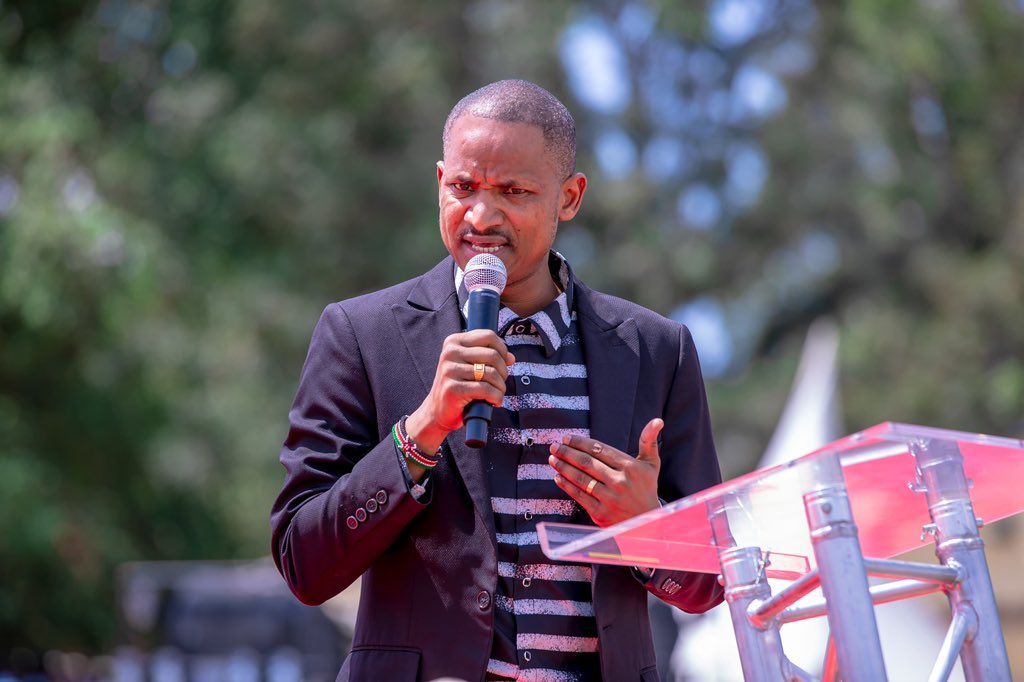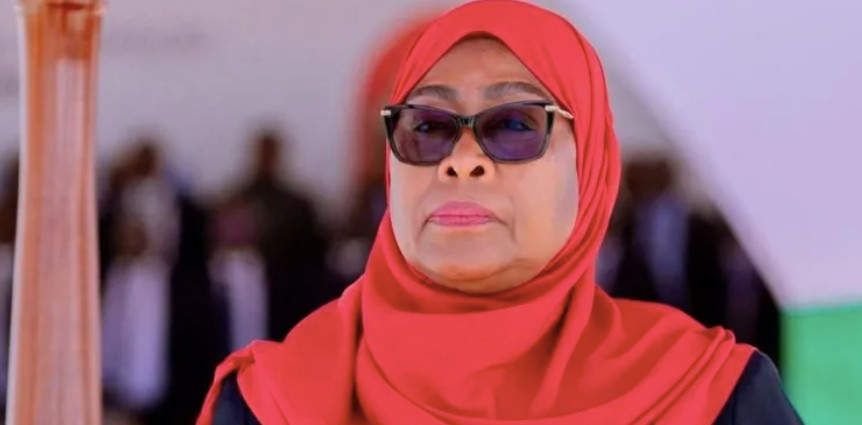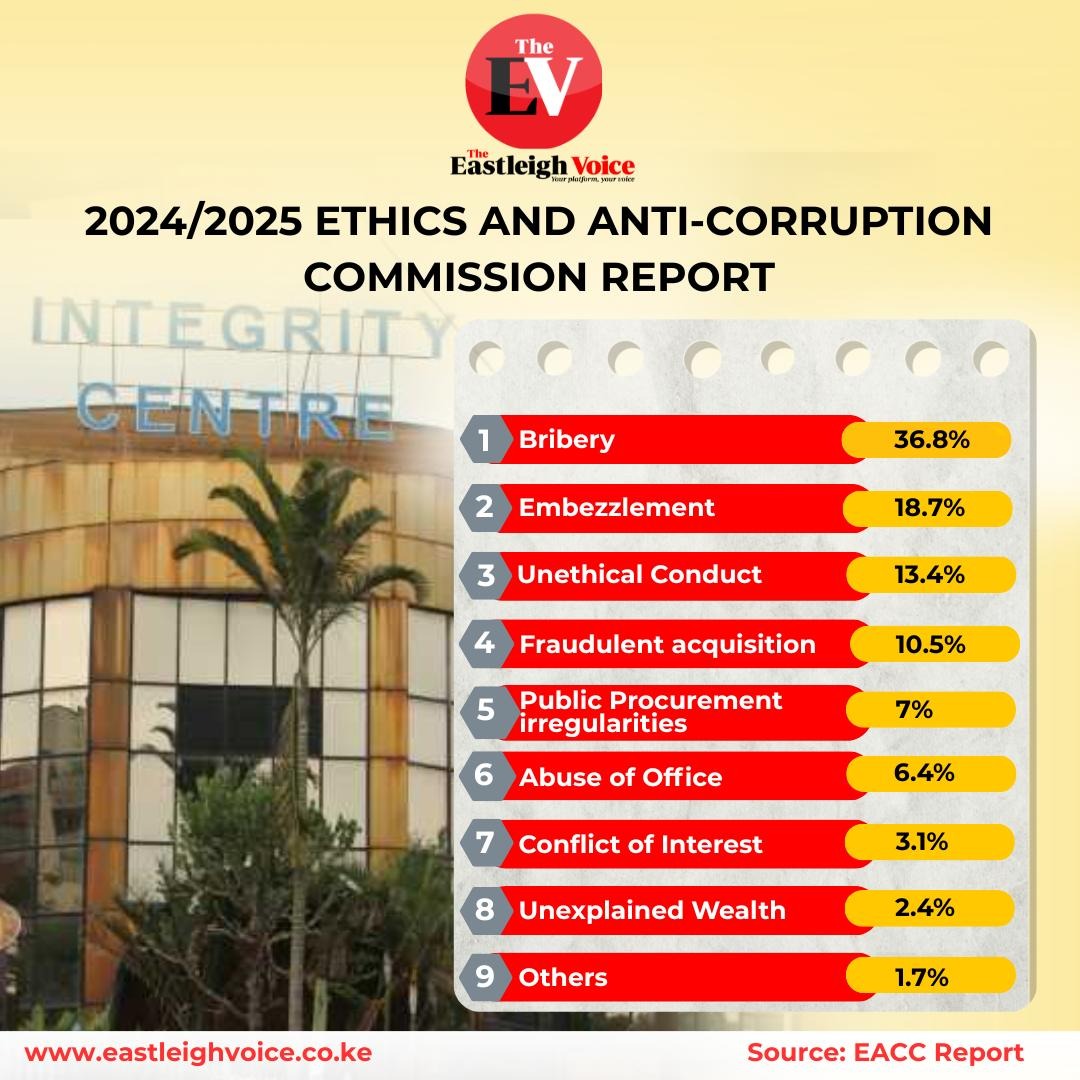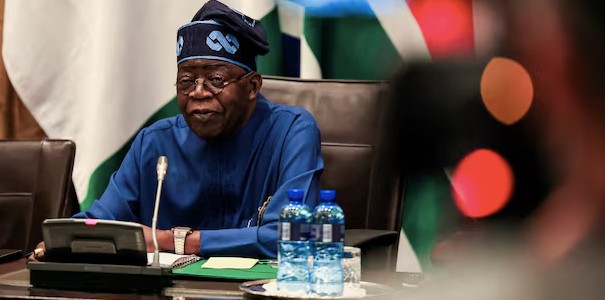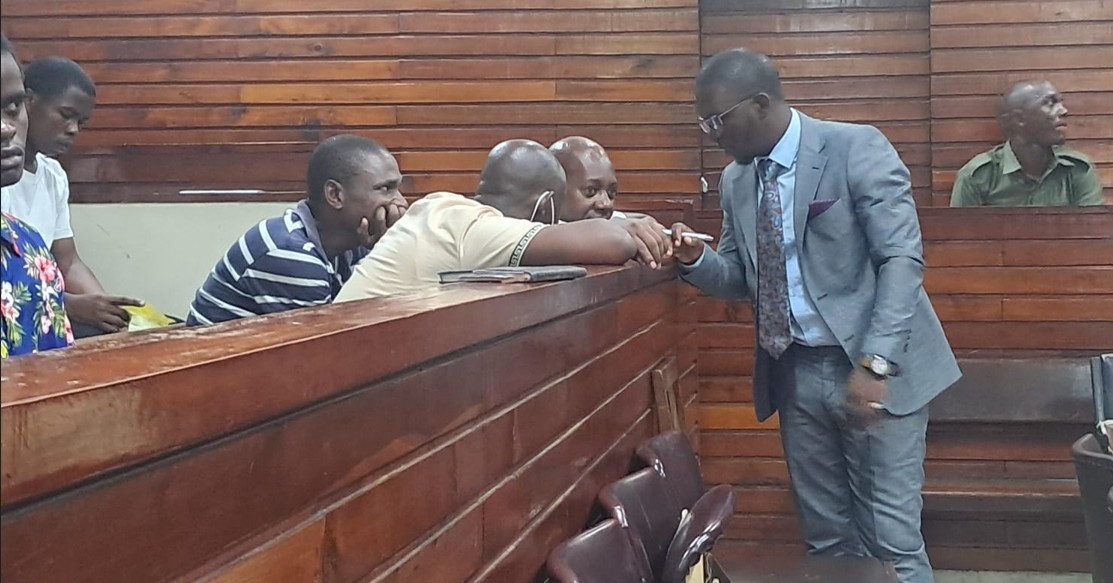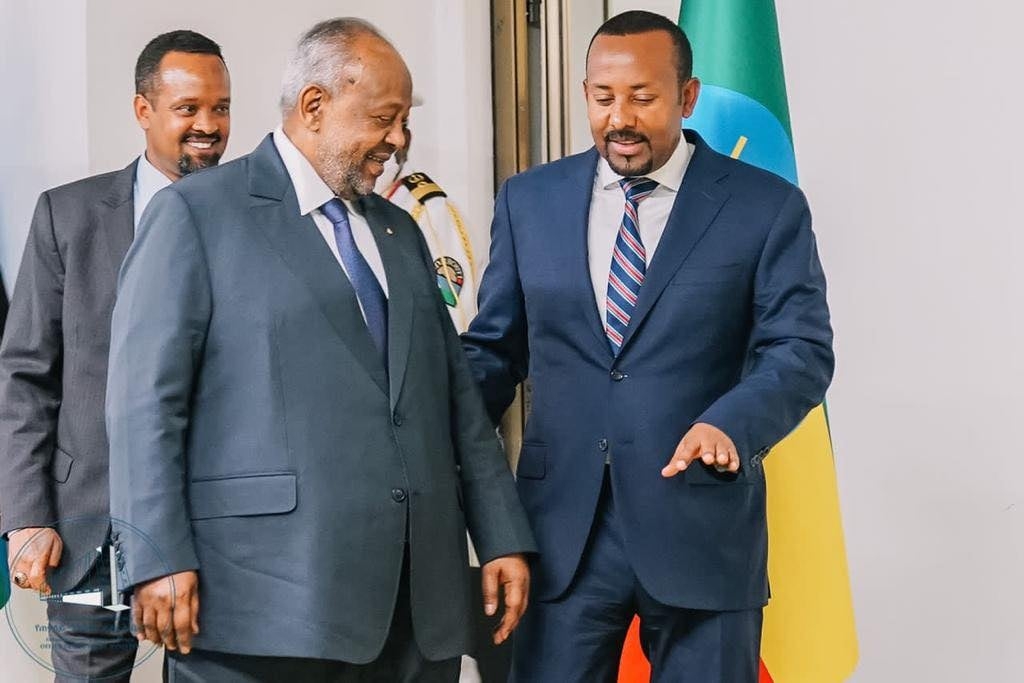Kenya leads Indian Ocean oil spill drill to boost regional marine emergency readiness
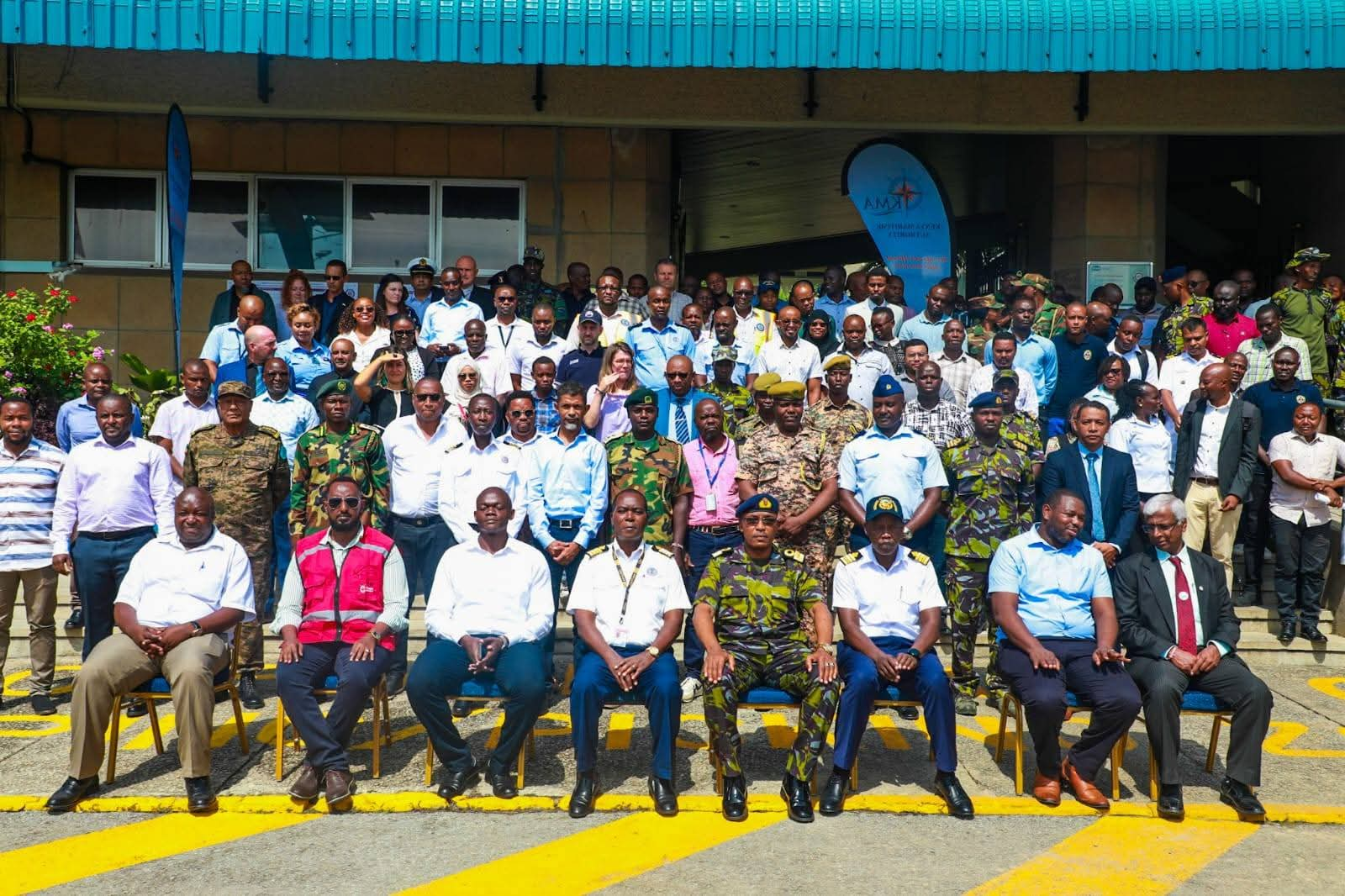
The exercise tests the ability of state and non-state actors to respond to maritime disasters using a unified command system. Officials say the goal is not just national preparedness but enhancing regional cooperation in addressing transboundary pollution threats.
A large-scale maritime drill simulating an oil spill emergency is underway in Mombasa, as Kenya and its regional partners test their readiness to tackle marine pollution in the Western Indian Ocean.
Dubbed the Maritime Search and Pollution Response Exercise (MASEPOLREX25), the week-long field training features the deployment of offshore containment equipment and a simulated shoreline cleanup at Nyali Beach, following a scenario involving the drift of heavy fuel oil towards the Kenyan coast.
More To Read
- Landmark French ruling against TotalEnergies sets stage for major African climate lawsuits
- MPs fault State officers over mismanaged road projects
- Museveni roots for unified East African military to address security threats
- Museveni clarifies Indian Ocean comments after Kenya downplayed war talk
- Kenya dismisses war fears as Mudavadi quashes claims of Uganda ‘overrunning’ the country
- Transporters issue 7-day ultimatum over empty container backlog
Vessels involved in the exercise include Kenya Ports Authority’s (KPA) Mwokozi, Tangulizi, and Duma, and the Kenya Navy’s Shupavu.
The drill, which is carried out by Kenya Maritime Authority (KMA) alongside the Indian Ocean Commission (IOC) and the Ministry of Blue Economy and Maritime Affairs, said the exercise is part of broader efforts to assess the country’s National Oil Spill Contingency Plan.
“We are simulating a full-scale incident involving multiple agencies to expose any gaps in response and coordination. This goes beyond a drill, it is a test of operational readiness,” said Julius Koech, KMA’s Director of Maritime Safety and exercise coordinator
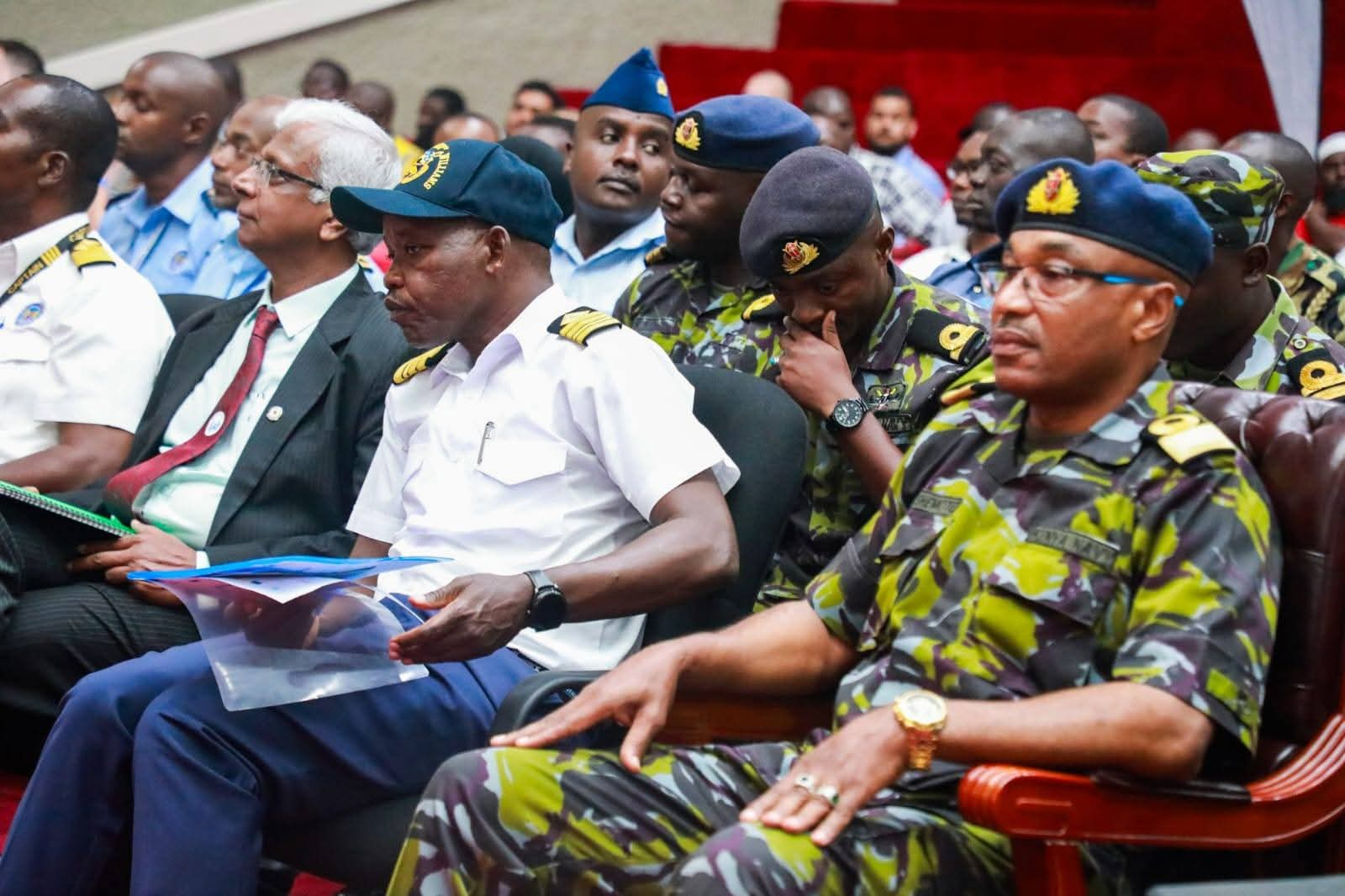 Attendees at the Maritime Search and Pollution Response Exercise (MASEPOLREX25) in Mombasa. (KPA)
Attendees at the Maritime Search and Pollution Response Exercise (MASEPOLREX25) in Mombasa. (KPA)
The exercise tests the ability of state and non-state actors to respond to maritime disasters using a unified command system. Officials say the goal is not just national preparedness but also enhancing regional cooperation in addressing transboundary pollution threats.
Commander of the Kenya Navy Fleet, Brigadier Mohammed Shemote noted that incidents such as oil spills pose regional risks that require joint action.
“One nation’s spill can quickly become another’s crisis. We must be ready to act together,” Shemote said, noting such a drill to be the second of its kind following a similar one in 2023.
IOC’s Raj Mohabeer praised Kenya’s readiness but urged broader collaboration under the Nairobi Convention, which seeks to establish a regional response strategy by August next year.
“Kenya has demonstrated a well-structured response model. The aim now is to replicate this across the region. No country can handle this kind of crisis alone,” Mohabeer said
KPA Managing Director Captain William Ruto said the exercise will allow Kenya to assess how effectively port operations can be safeguarded during environmental emergencies.
“KPA has the responsibility to act swiftly in and beyond harbour limits to protect marine operations and ecosystems. This simulation is essential in showing we can respond in real-time,” he said.
While officials praised Kenya’s growing capacity including trained personnel, equipment, and funding reserves some observers argue that more regular and decentralised drills are needed, especially in coastal regions most at risk.
The exercise continues through the week, with teams expected to present a comprehensive review of Kenya’s response capacity and propose improvements to its contingency framework.
Top Stories Today
